The 13 Best Methods For Growing Spinach Indoors
If you are looking to grow spinach indoors, you are in the right place. This leafy green is not only healthy but also easy to grow with the right steps. All it takes is a bit of attention to light, soil, and watering. Growing spinach indoors is perfect for small spaces, and it can be done even if you are new to gardening. Keep reading to learn some simple ways to grow your own spinach.
This post may contain affiliate links, which helps keep this content free. Please read our disclosure for more info.
Choose the Right Variety of Spinach
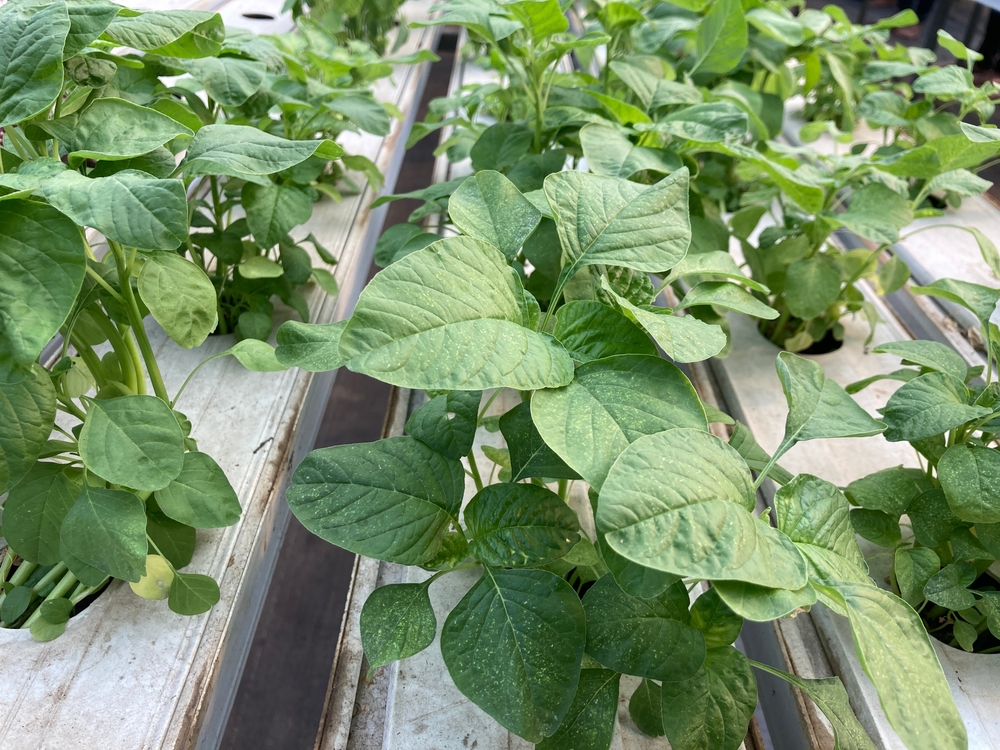
When growing spinach indoors, selecting the right variety is key. Varieties like ‘Baby Leaf’ or ‘Bloomsdale’ are perfect for smaller spaces. These types are fast-growing and do well in containers. They also offer tender, flavorful leaves that are ideal for harvesting in a short time.
Baby leaf spinach grows quickly and does not require as much space to thrive. You can harvest the leaves once they reach the desired size, encouraging continuous growth. Consider these varieties for your indoor garden to ensure an easier growing experience. Make sure to choose a variety suited for indoor conditions to get the best results.
Provide Ample Light
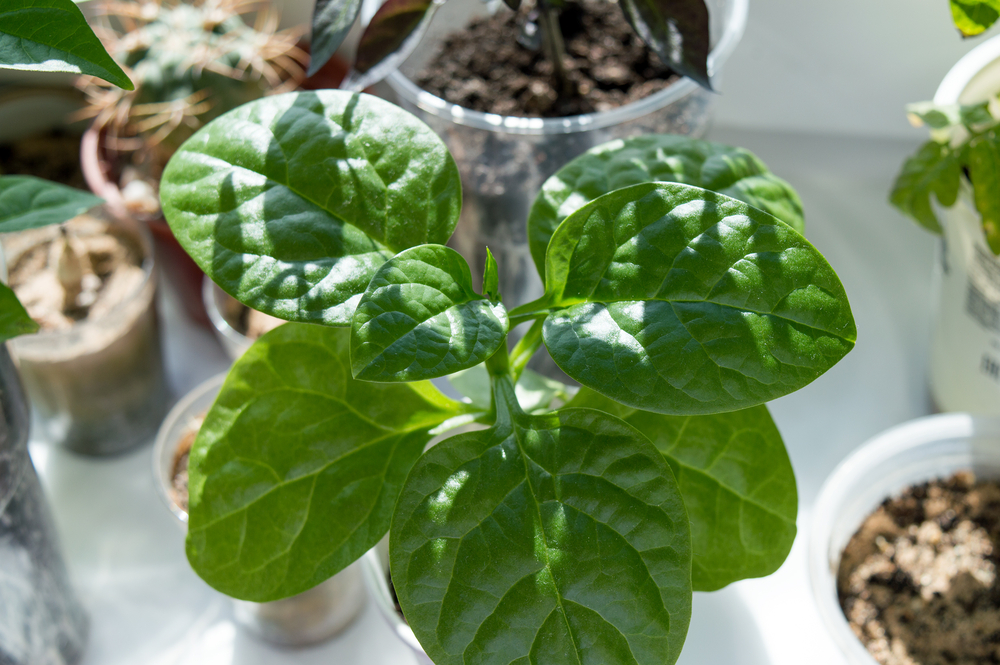
Spinach thrives in bright, indirect light, so placing it in a sunny spot is essential. A south-facing window or near a light source is ideal for spinach to grow strong and healthy. It is best to provide at least six hours of light daily. If natural light is insufficient, consider supplementing with grow lights.
If your indoor space does not get enough natural light, LED grow lights are a great alternative. These lights mimic sunlight and can be set on a timer for convenience. Using the right amount of light will help spinach grow more efficiently, producing larger and healthier leaves. Make sure to monitor the light exposure regularly.
Use the Right Container
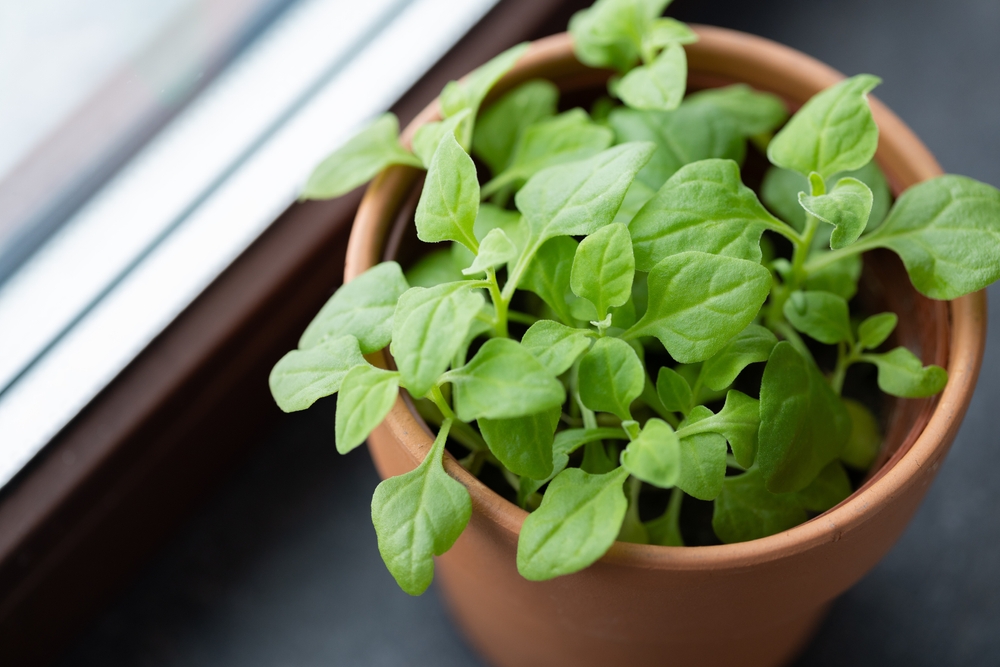
Spinach grows best in containers that are at least 6-8 inches deep. This allows the roots to spread out properly and get the nutrients they need. Choose containers with drainage holes to prevent waterlogging, which can harm the plant. You can use traditional pots, trays, or even plastic containers.
When selecting containers, keep in mind the size of the spinach plants. You want enough space for the roots to grow without crowding. Additionally, choosing containers with good airflow helps keep the soil oxygenated. With the right container, your spinach will have enough space to thrive indoors.
Choose the Right Soil
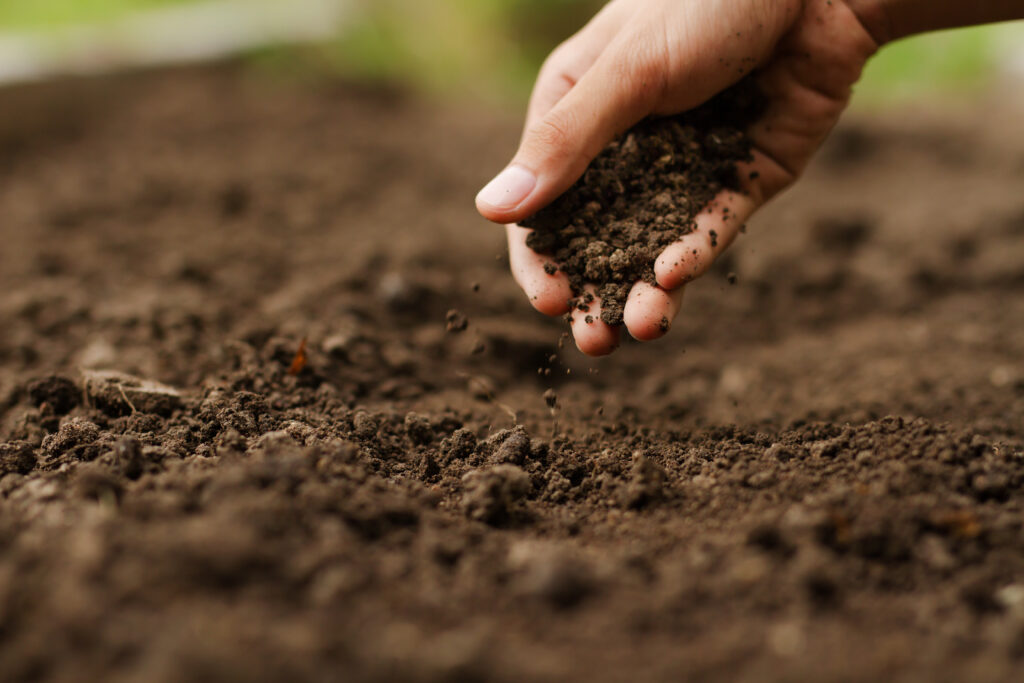
The best soil for indoor spinach is loose, well-draining, and rich in nutrients. A good-quality potting mix designed for vegetables will work well. You can also amend it with compost to improve its fertility. Spinach prefers slightly acidic to neutral soil (pH 6.0 to 7.0).
Avoid using garden soil, as it may not drain well and could introduce pests or diseases. A high-quality mix will support spinach’s growth, offering essential nutrients. To keep the soil healthy, mix in organic matter or compost every few weeks. Healthy soil contributes to strong spinach growth and better yields.
Maintain Consistent Temperature
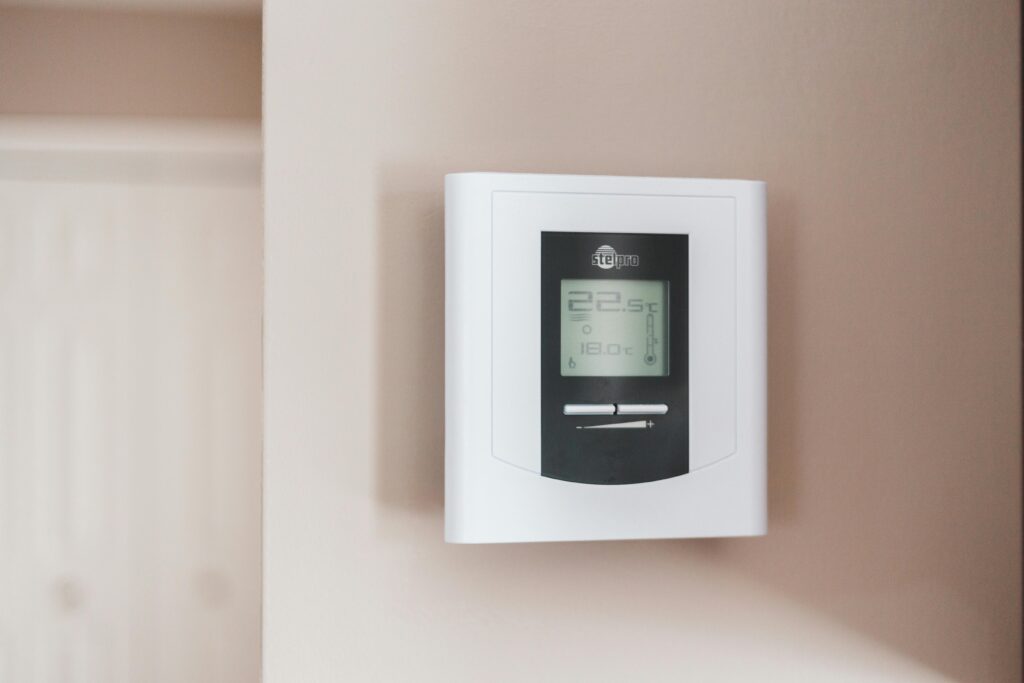
Spinach grows best in cool temperatures, ideally between 55-65 degrees F (13-18 degrees C). This temperature range encourages healthy growth without causing stress to the plant. Avoid placing your spinach in a location that fluctuates too much in temperature, as this can stunt growth. You may want to keep the temperature steady by monitoring it throughout the day and night.
If you live in a warmer climate or your home tends to get too warm, consider placing your spinach near a cooler area. You can also adjust the room temperature with a fan or air conditioner if needed. Consistent temperature helps spinach grow efficiently and ensures its leaves are tender and fresh.
Water Properly
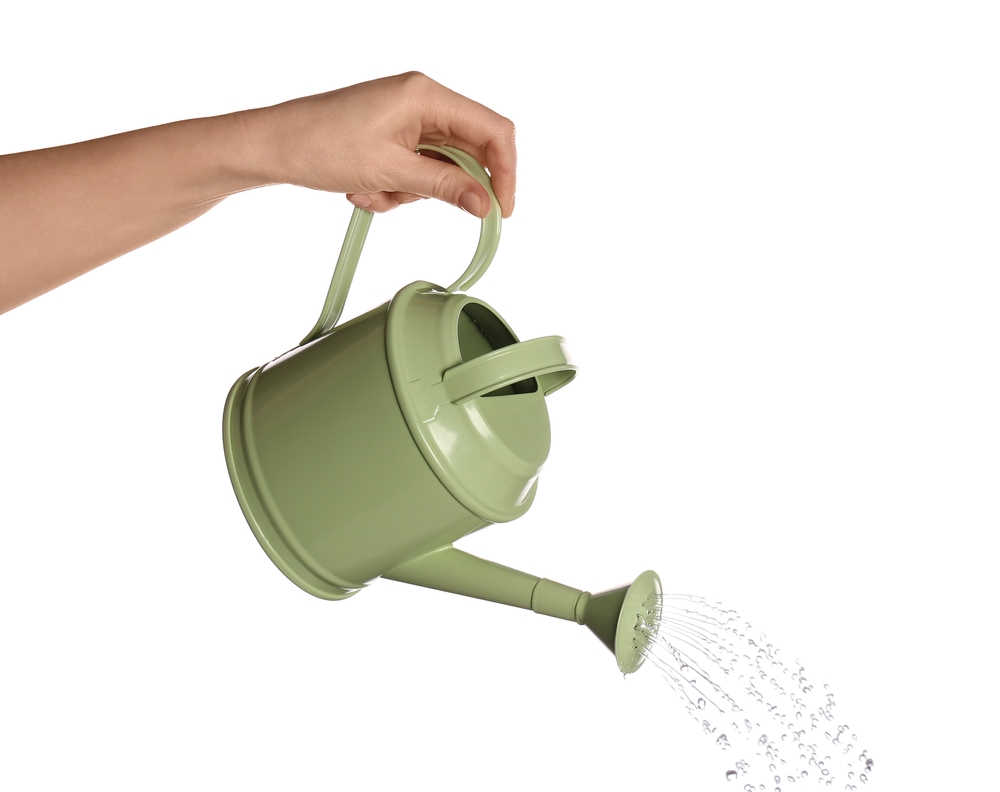
Spinach needs consistent moisture, but it should not sit in water. Water the plants when the top inch of soil feels dry to the touch. Always water evenly, avoiding both underwatering and overwatering. Keep the soil moist but not soggy to help prevent root rot.
Use a gentle watering method, such as a watering can with a fine spout or a drip system, to avoid disturbing the soil. Make sure the container drains well, as excess water should be allowed to escape. Proper watering practices help spinach grow well, preventing stress and promoting healthy leaf development.
Fertilize Regularly
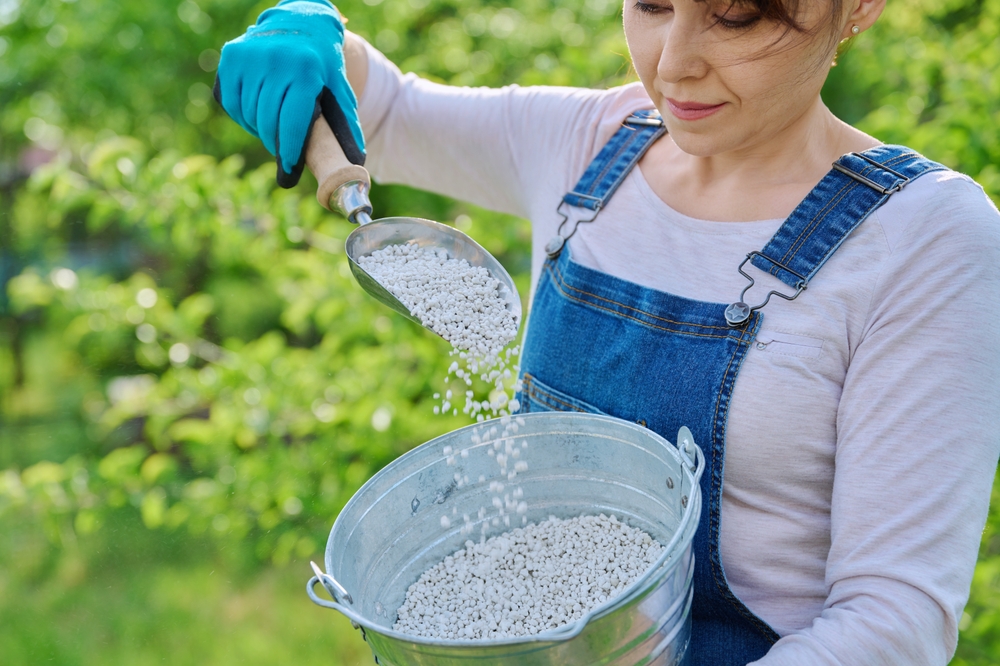
While spinach does not require heavy feeding, providing a balanced, water-soluble fertilizer once every 3-4 weeks will help. Choose a fertilizer with equal parts nitrogen, phosphorus, and potassium, or one formulated for leafy greens. Avoid over-fertilizing, as this can lead to excessive leaf growth without enough flavor.
During the growing season, spinach will benefit from additional micronutrients. Consider using organic fertilizers, like compost tea or fish emulsion, to provide extra nutrients naturally. Regular feeding supports healthy spinach growth and helps ensure you get a good harvest.
Thin Seedlings for Healthy Growth
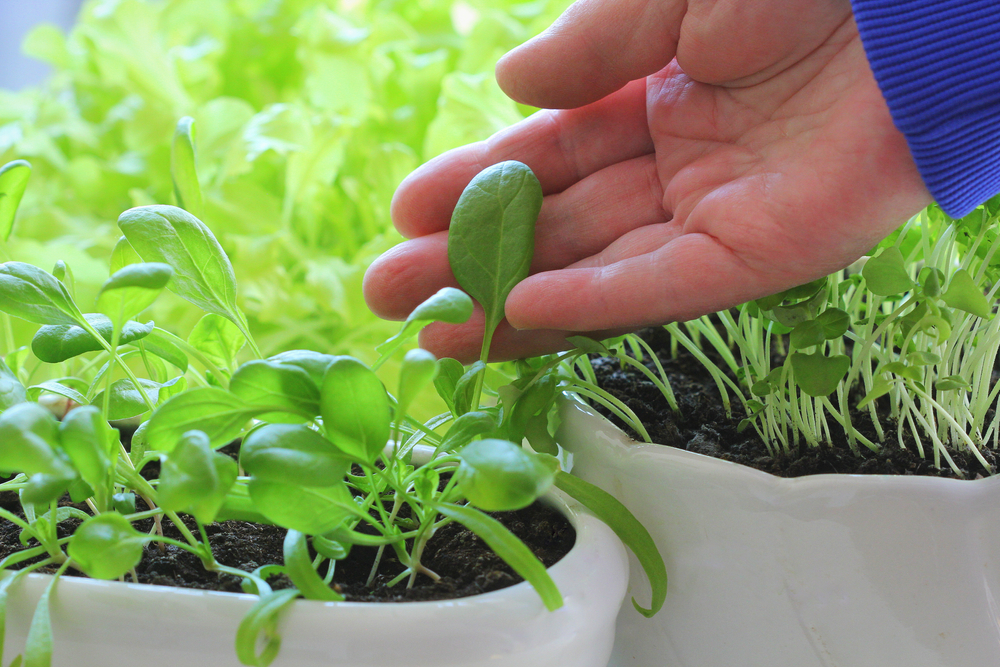
Once your spinach seeds germinate and the seedlings start to grow, it is essential to thin them out. Thin the plants to 2-3 inches apart to allow each plant enough room to grow. Crowded plants can compete for light, water, and nutrients, leading to weaker growth. Proper spacing encourages stronger, healthier plants.
Thinning is best done when the plants have their first true leaves. Gently pull out the weaker seedlings, leaving the healthiest ones behind. Thinning will also reduce the risk of disease and pests, as overcrowded plants are more susceptible to these problems.
Harvest Spinach Leaves Regularly

Spinach can be harvested as soon as the leaves are large enough to eat. Start by picking the outer leaves, leaving the inner ones to continue growing. This method allows the plant to keep producing fresh leaves over time. If you wait too long to harvest, spinach can become tough and bitter.
For continuous harvesting, follow the cut and come again method. This way, the plant will keep producing new leaves. Harvesting regularly also prevents the plant from bolting, which is when it sends up a flower stalk and becomes less tasty. This method allows you to enjoy fresh spinach for a longer period.
Control Humidity

Spinach enjoys moderate humidity, so try to keep the air around your plants slightly humid. Dry indoor conditions can cause the plants to wilt or develop brown edges on the leaves. You can increase humidity by placing a shallow tray of water near your plants or using a humidifier.
If your indoor air is too dry, spinach might struggle to thrive. Keep an eye on the environment, especially in winter when heating systems can dry out the air. Maintaining proper humidity helps spinach stay healthy and prevents leaf damage from dryness.
Prevent Pests
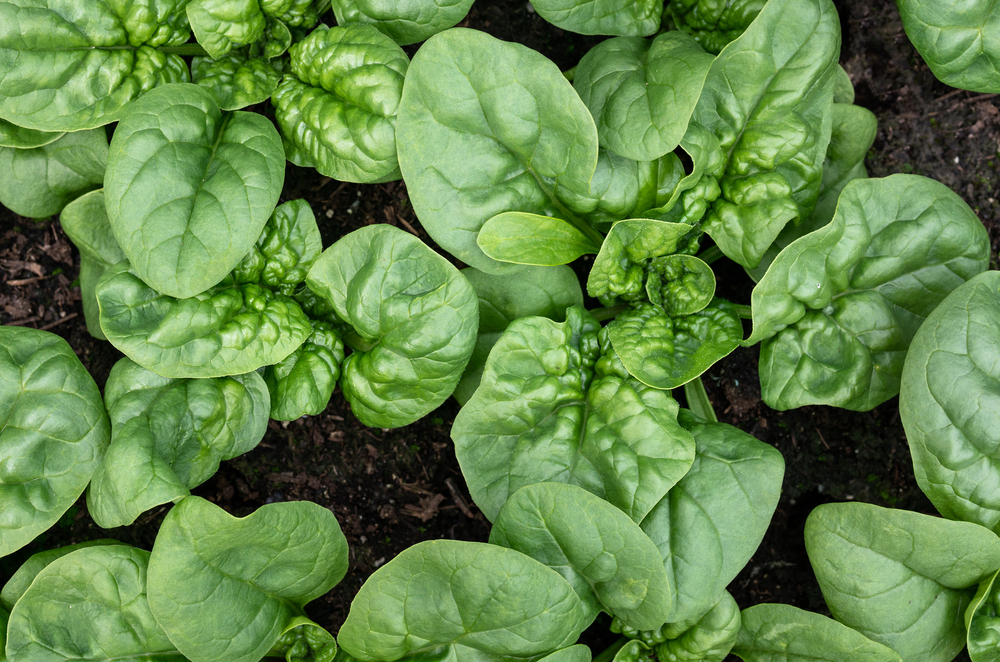
Although spinach is relatively pest-resistant, it can still attract pests such as aphids, spider mites, or whiteflies. Keep an eye on the plants and regularly inspect the leaves for any signs of infestation. If pests appear, gently wash the leaves with water or use an organic insecticidal soap.
To prevent pests, make sure to clean the containers and surrounding area regularly. Keeping your indoor spinach garden tidy reduces the risk of pests settling in. Early detection and treatment help keep your plants healthy and free of unwanted insects.
Rotate Pots for Even Growth
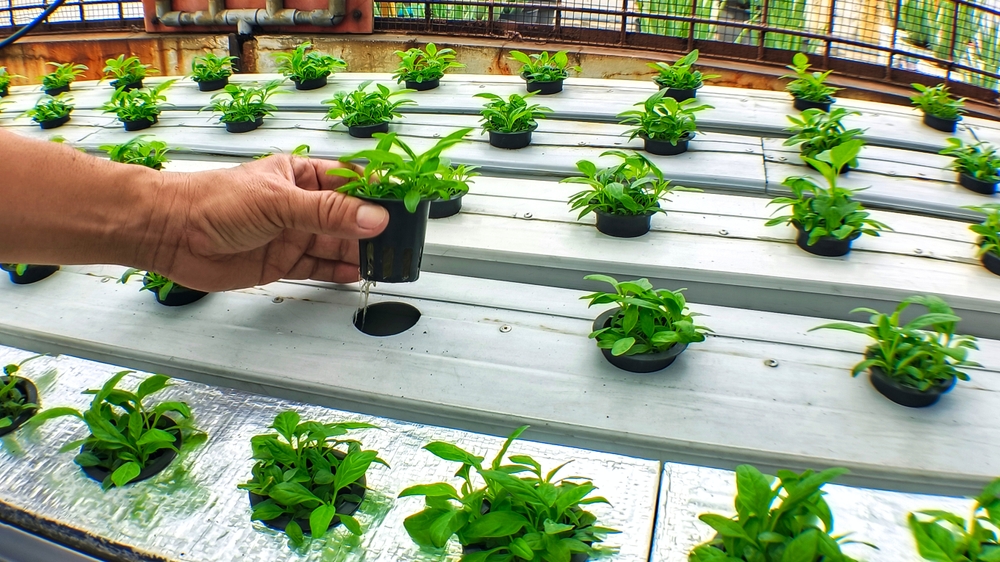
Indoor plants can grow unevenly if exposed to light from only one direction. To encourage balanced growth, rotate your spinach pots every few days. This ensures that all sides of the plant get adequate light and prevents it from leaning toward the light source. Even growth results in a healthier, stronger plant.
Rotating the pots also helps avoid one-sided growth and can prevent the plants from becoming too leggy. This simple practice will allow your spinach to grow more uniformly, giving you a better harvest. Make it a habit to rotate your plants to promote even exposure to light and air.
Avoid Overcrowding
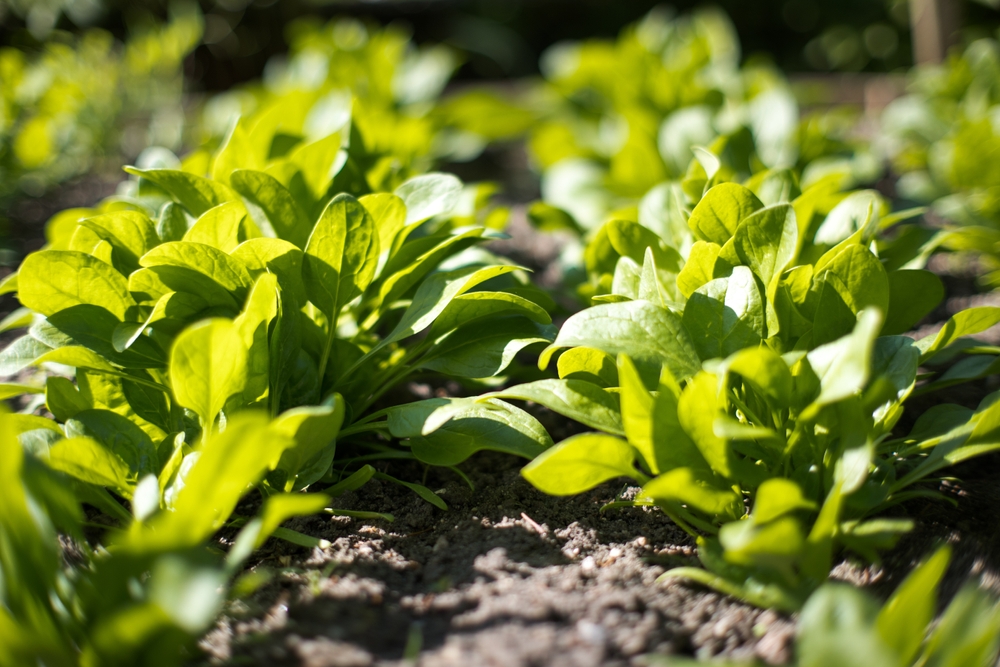
Even if your container is large, overcrowding spinach plants can affect their growth. Each spinach plant needs space to spread its roots and access light. When plants are crowded, they compete for nutrients, which leads to smaller, weaker leaves. Provide enough space to allow each plant to grow without interference from its neighbors.
If you notice overcrowding, consider transplanting some seedlings into another container. Giving your spinach enough space ensures better air circulation and reduces the chance of fungal diseases. Avoiding overcrowding is a simple yet effective way to promote healthy, productive plants.
Maintaining the right conditions will help you harvest healthy, flavorful leaves all year. Growing your own spinach indoors not only saves you money but also gives you fresh greens whenever you need them. Start your indoor gardening journey and enjoy the benefits of fresh spinach at home.
This article originally appeared on Avocadu.
